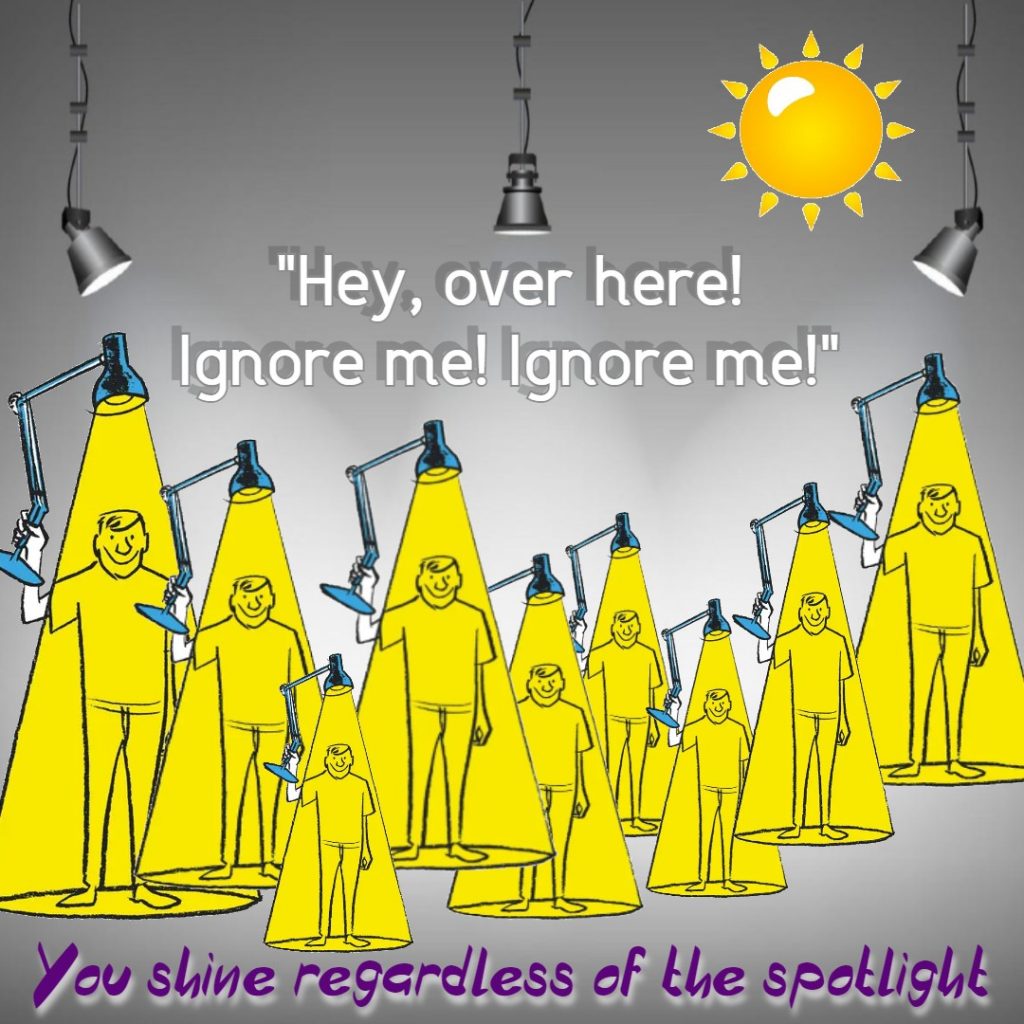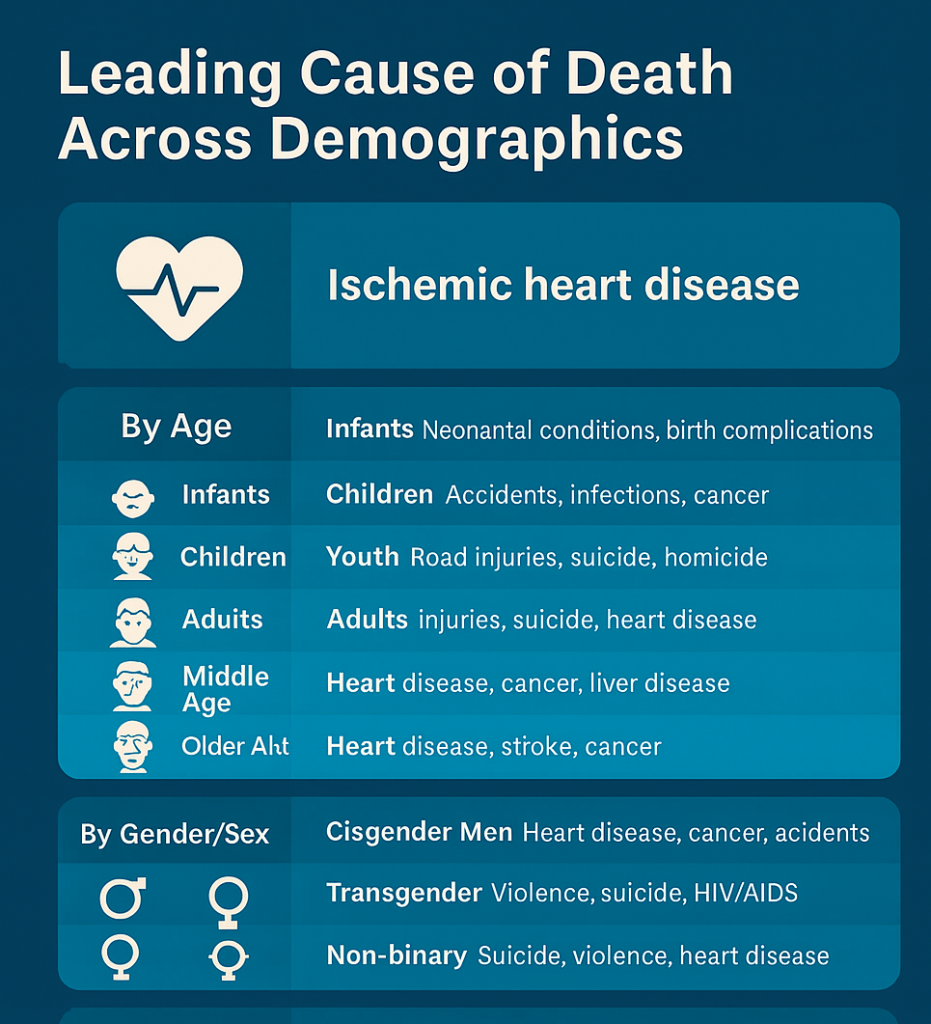Hello readers! A few of the cognitive styles below were mentioned in my last post. As humans, we have a tendency to forget things so a bit of revision can be useful.
Many people have cognitive processes that result in overall unhelpful thinking styles that they tend to apply globally across situations and which may result in emotional distress (such as depression or anxiety) or unhelpful behaviours (such as anger or avoidance). Some of the most problematic thinking styles are listed in the extract below.
Mental Filter: This thinking styles involves a “filtering in” and “filtering out” process – a sort of “tunnel vision”, focusing on only one part of a situation and ignoring the rest. Usually this means looking at the negative parts of a situation and forgetting the positive parts, and the whole picture is coloured by what may be a single negative detail.
Jumping to Conclusions: I’m sure you’ve heard people say on television, “Don’t jump to conclusions” or “The truth is we just don’t know yet”. We jump to conclusions when we assume that we know what someone else is thinking (mind reading) and when we make predictions about what is going to happen in the future (predictive thinking).
Personalisation: This involves blaming yourself for everything that goes wrong or could go wrong, even when you may only be partly responsible or not responsible at all. You might be taking 100% responsibility for the occurrence of external events.
Catastrophising: Catastrophising occurs when we “blow things out of proportion” and we view the situation as terrible, awful, dreadful, and horrible, even though the reality is that the problem itself is quite small. A helpful restructuring of this cognition is to ask yourself if the situation will still be awful, terrible, or dreadful in a month. There may be ongoing consequences or stress involved if you lose a job or a relationship ends, so validate the experience you are having but also take a look at the big picture. What’s the worst that could happen? Why is the worst so “bad”? And if you are being realistic about the issue, reach out for some help if you can.
Black & White Thinking: This thinking style involves seeing only one extreme or the other. You are either wrong or right, good or bad and so on. There are no in-betweens or shades of grey.
Should-ing and Must-ing: Sometimes by saying “I should…” or “I must…” you can put unreasonable demands or pressure on yourself and others. Although these statements are not always unhelpful (e.g. “I should not get drunk and drive home”), they can sometimes create unrealistic expectations.
Overgeneralisation: When we overgeneralise, we take one instance in the past or present, and impose it on all current or future situations. If we say “You always…” or “Everyone…”, or “I never…” then we are probably overgeneralising.
Labelling: We label ourselves and others when we make global statements based on behaviour in specific situations. We might use this label even though there are many more examples that aren’t consistent with that label.
Emotional Reasoning: This thinking style involves basing your view of situations or yourself on the way you are feeling. For example, the only evidence that something bad is going to happen is that you feel like something bad is going to happen. I live with anxiety and it can be debilitating at times. I use my “wiser thinking” or “rational thinking” to evaluate whether I am operating from an emotional mindset. You might ask yourself: “What’s the evidence?”, “Does the past necessarily predict the future?”, “Am I angry or fearful right now because that might be clouding my judgement?”. It can be helpful to talk to someone who isn’t caught in your emotional headspace, or perhaps wait for the emotion to subside to think about the situation again.
Magnification and Minimisation: In this thinking style, you magnify the positive attributes of other people and minimise your own positive attributes. It’s as though you’re explaining away your own positive characteristics.
(CCI, 2008)


